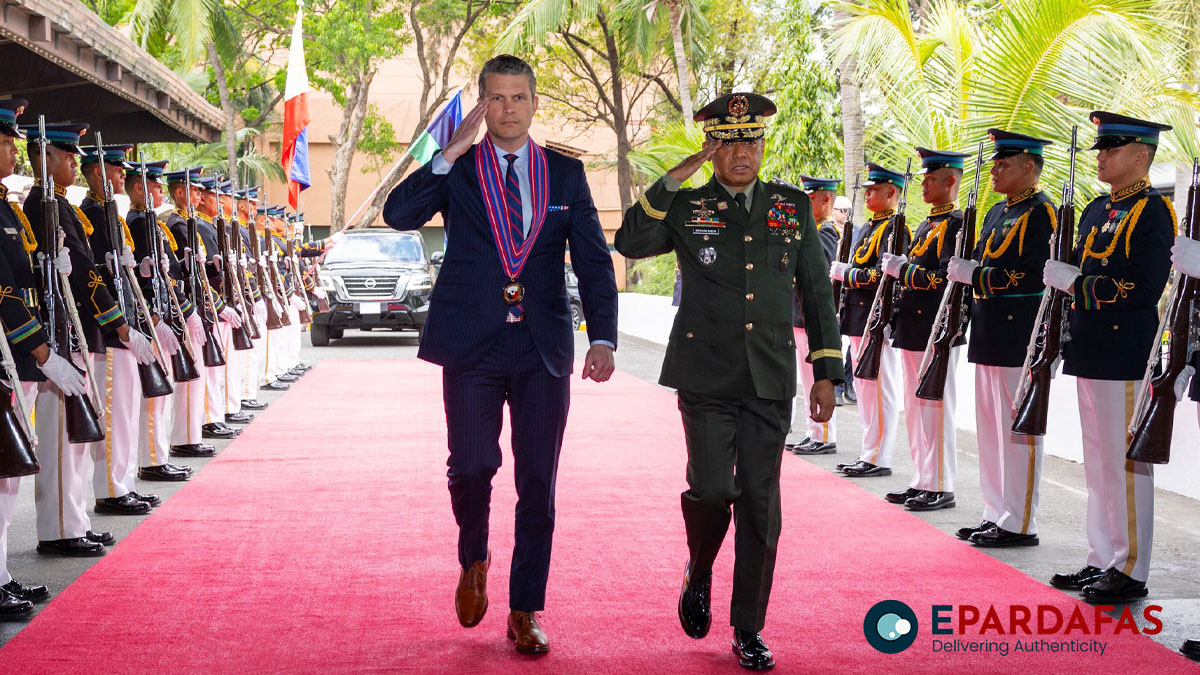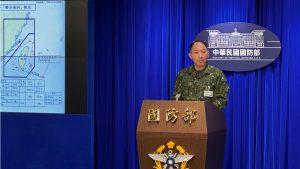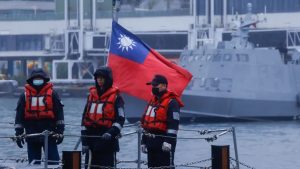
U.S. Defense Secretary Stresses Deterrence in South China Sea, Reaffirms Alliance with Philippines
U.S. Defense Secretary Pete Hegseth has emphasized the necessity of deterrence in the South China Sea to counter threats from China, reaffirming that the United States and the Philippines must stand “shoulder-to-shoulder” to ensure regional stability.
Hegseth made the Philippines his first stop on a tour of Asia, which also includes Japan. Philippine President Ferdinand Marcos Jr. described the visit as a “strong message” of Washington’s commitment to the U.S.-Philippines alliance.
During a televised meeting, Hegseth assured Marcos of President Donald Trump’s strong support for the Philippines.
“He and I both want to express the ironclad commitment we have to the Mutual Defense Treaty, and to our partnership—economically and militarily,” Hegseth said.
The 1951 Mutual Defense Treaty binds both nations to come to each other’s defense in the event of an armed attack. The Philippines, a former U.S. colony from 1898 to 1946, has long viewed the U.S. as its primary security ally in the region.
Hegseth acknowledged the Philippines’ firm stance on the disputed South China Sea, where China claims sovereignty over nearly the entire waterway, overlapping with the exclusive economic zones (EEZs) of several Southeast Asian nations.
“Deterrence is necessary around the world, but specifically in this region considering the threats from the communist Chinese,” Hegseth said. “Friends need to stand shoulder-to-shoulder to deter conflict and ensure free navigation.”
The South China Sea remains a critical maritime trade route and is contested by China, the Philippines, Vietnam, Malaysia, Brunei, and Taiwan. A 2016 ruling by an international tribunal in The Hague declared that China’s claims had no legal basis, but Beijing rejected the ruling and has continued military activities in the disputed waters.
Beijing has expressed strong opposition to any defense agreements between the U.S. and the Philippines. Chinese Foreign Ministry spokesman Guo Jiakun warned that such agreements should not target any third party or harm China’s interests.
“Those who willingly serve as chess pieces will be deserted in the end,” Guo said on March 25, cautioning Manila against deeper involvement in Washington’s security strategy.
Manila has repeatedly condemned China for harassing Philippine vessels in the Exclusive Economic Zone (EEZ), including ramming, water cannon attacks, and firing flares at Philippine coast guard ships.
To ease tensions, President Marcos previously proposed a deal with Beijing, suggesting that Manila would remove the U.S. Typhon missile system from Philippine soil if China ceases its coercive actions in the South China Sea.
The U.S. deployed the Typhon system in April 2024 during military exercises, sparking protests from Beijing. The system, which fires both SM-6 and Tomahawk missiles, has a range of over 1,600 kilometers, potentially reaching parts of mainland China.
“We don’t make any comments on their missile systems, and their missile systems are a thousand times more powerful than what we have,” Marcos told reporters in January 2025, underscoring the asymmetry in military capabilities between China and the Philippines.













Comments